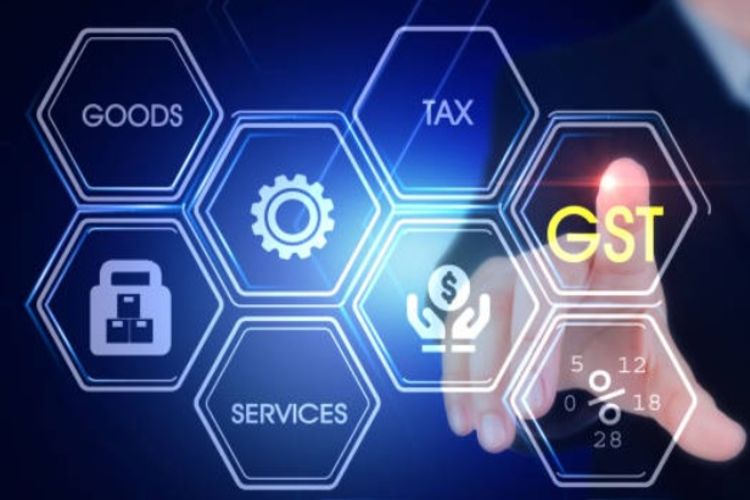
When India launched the Goods and Services Tax in 2017, it promised a unified, simplified tax regime to replace a complex web of state and local levies. It succeeded, to a large extent, in stitching together 29 states, 7 union territories, and a multitude of local tax laws into a single framework. Yet, eight years on, the system is anything but simple. As the GST Council gears up for a crucial meeting in August, the stage is being set for what is being called GST 2.0.
To its credit, the GST regime replaced a patchwork of indirect taxes — value-added tax (VAT), service tax, octroi, and a host of entry levies. It enabled the idea of “one nation, one tax” and delivered measurable benefits. Gross GST collections have doubled over five years — from ₹11 lakh crore in FY21 to ₹22 lakh crore in FY25. Over 1.5 crore taxpayers are now registered, and businesses, large and small, acknowledge that tax administration has become easier. Interstate trade has become smoother, and compliance is largely digital. But the system is in need of recalibration.
READ | Climate change threatens India’s farm income goals
The growth paradox
Despite these successes, a key concern persists: GST revenues have not kept pace with GDP growth. This is troubling for a system designed to expand with the economy. Many businesses, policy experts, and state governments now view GST as more burden than benefit. States, in particular, feel short-changed. In exchange for giving up independent tax powers, they were promised a fairer, more efficient system—along with guaranteed annual compensation for five years. That promise unravelled during the pandemic, which disrupted revenues and forced the Centre to borrow in order to meet compensation shortfalls.
The compensation window closed in 2022, but the compensation cess — levied on products such as tobacco, aerated drinks, and luxury cars — will continue till March 2026. Its proceeds now service the Centre’s borrowings. States, meanwhile, face fiscal stress and a growing sense of exclusion from the GST framework. The spirit of cooperative federalism, once held up as GST’s cornerstone, is weakening.
Too many slabs, too many exceptions
GST’s current structure is far from elegant. There are four main tax slabs — 5%, 12%, 18%, and 28% — plus a host of exemptions and cesses. The overlap between essential and luxury goods in similar slabs only adds to the confusion. Products such as soap, toothpaste, and umbrellas attract 12% or 18% tax, the same as some high-end items.
The proposed solution is to eliminate the 12% slab altogether. This would move certain essential goods to the 5% category while nudging others up to 18%. The government estimates this will cost the exchequer ₹40,000–50,000 crore in the short term. But it may also stimulate flagging consumption and widen the tax base over time. The proposal has met resistance from some states—Punjab, Kerala, Madhya Pradesh, and West Bengal have voiced objections—but many others see it as a necessary course correction.
Despite the promise of a unified tax, large sectors remain outside GST’s purview — most notably petroleum products and alcohol. These are major sources of state revenue, and states have resisted their inclusion. But this carve-out undermines the core objective of a comprehensive, harmonised tax system. One way forward is for the Centre to offer a larger share of central taxes to states in exchange for greater integration.
What to expect from August GST Council meet
The GST Council, expected to meet after the monsoon session of Parliament, could signal a turning point. Among the key proposals is a shift to a three-rate structure — 5%, 15%, and 28% — with cesses limited strictly to sin goods. This would mark a significant simplification of the tax framework.
Another long-pending issue is whether services rendered by intermediaries to foreign clients should qualify as exports, which would exempt them from GST. This has implications for India’s services sector and trade competitiveness.
Also on the agenda is operationalising the long-delayed GST Appellate Tribunal (GSTAT). In its absence, businesses must approach High Courts for dispute resolution, further clogging the judiciary.
GST reform and the global trade imperative
GST reform has implications beyond domestic tax efficiency. As India prepares to finalise free trade agreements with several developed economies, including the UK and the EU, a transparent and streamlined tax system will be essential. Simplified GST rules can reduce compliance burdens for exporters, improve competitiveness, and support scale expansion in global markets.
The Centre has outlined plans to reduce tax slabs, simplify compliance, and ease business processes. But the real test lies in rebuilding trust with the states. Without their buy-in, GST 2.0 will remain a partial reform.
A simpler tax code, broader base, and reimagined fiscal federalism could make GST the transformative force it was always meant to be. The August Council meeting may not deliver a full overhaul, but it can set the direction for a much-needed second act.
